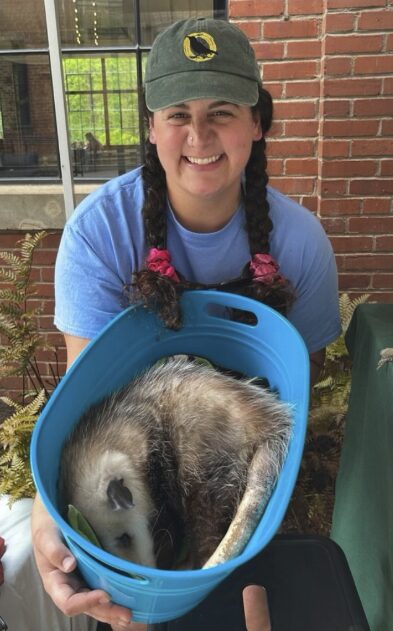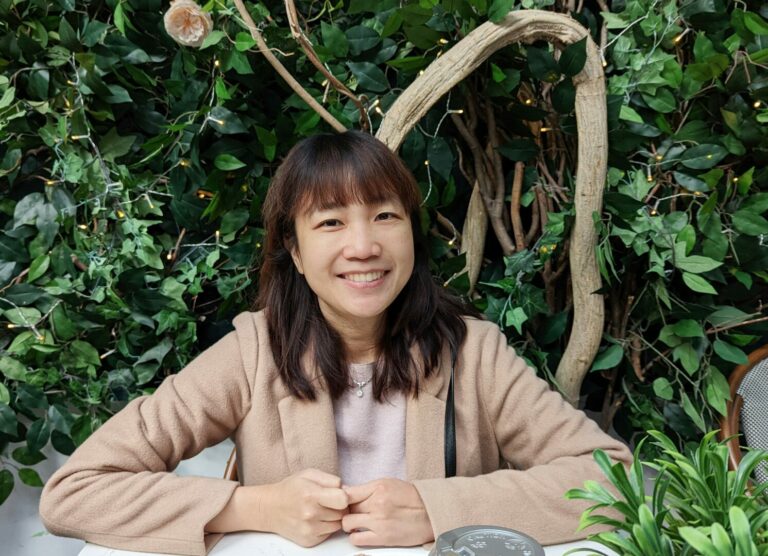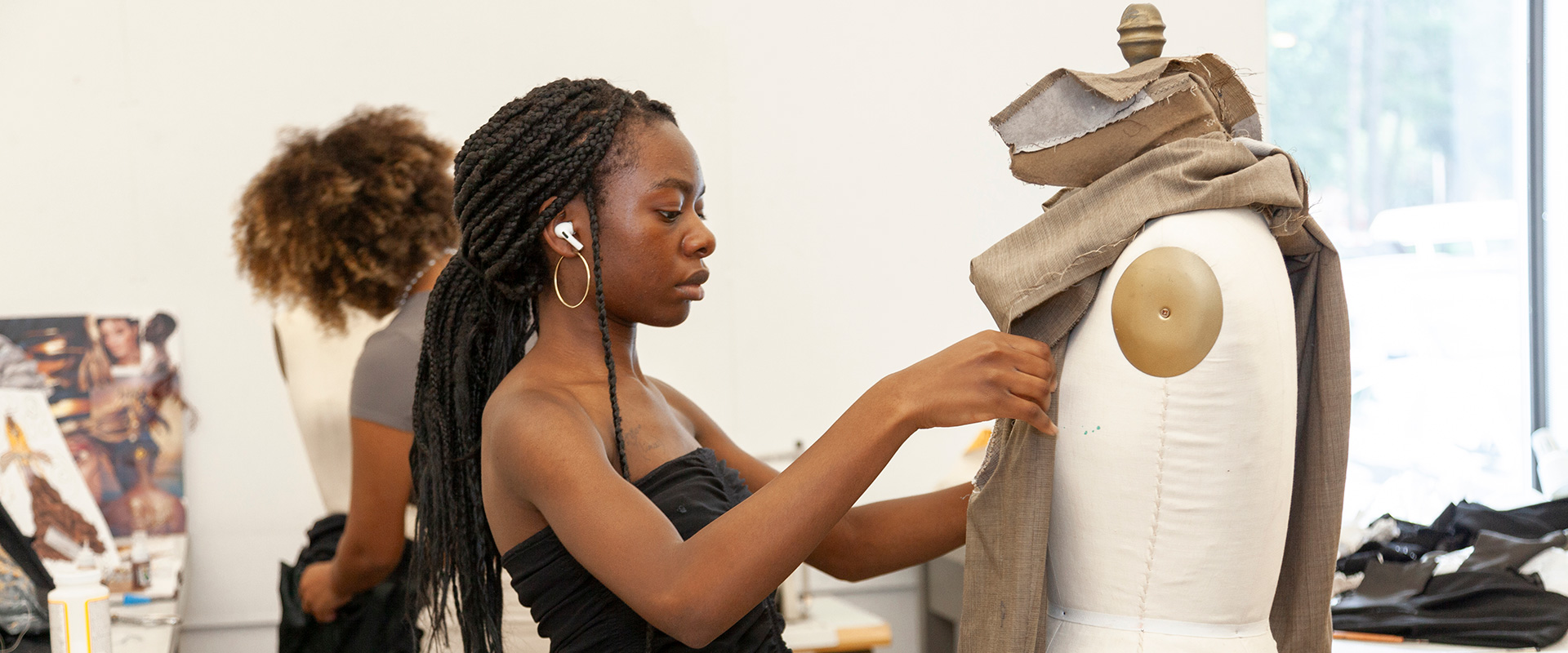We caught up with the brilliant and insightful Sarah Cooperman a few weeks ago and have shared our conversation below.
Sarah, thank you so much for joining us. You are such a positive person and it’s something we really admire and so we wanted to start by asking you where you think your optimism comes from?
Wildlife rehabbers are intimately familiar with some of the more devastating impacts of humanity: the baby foxes whose mother was shot simply for existing, the birds whose nest was destroyed during logging for a new development, the groundhogs injured after someone tried to destroy up their den with explosives, the animals burned by forest fires or floods driven by anthropogenic climate change — the list goes on. But wildlife rehabilitation also exposes you to the best of humanity: those who stop their day just to help each of those animals get the professional care they need. In the face of so much bad, I am reminded of why we do this work at Rockfish Wildlife Sanctuary every time I have the privilege of interacting with a community member who has brought us an animal in need or called us to ask how to help. The world is full of compassionate humans who care deeply about animals, the earth, and other humans. That keeps all of us going at RWS even on more difficult days.
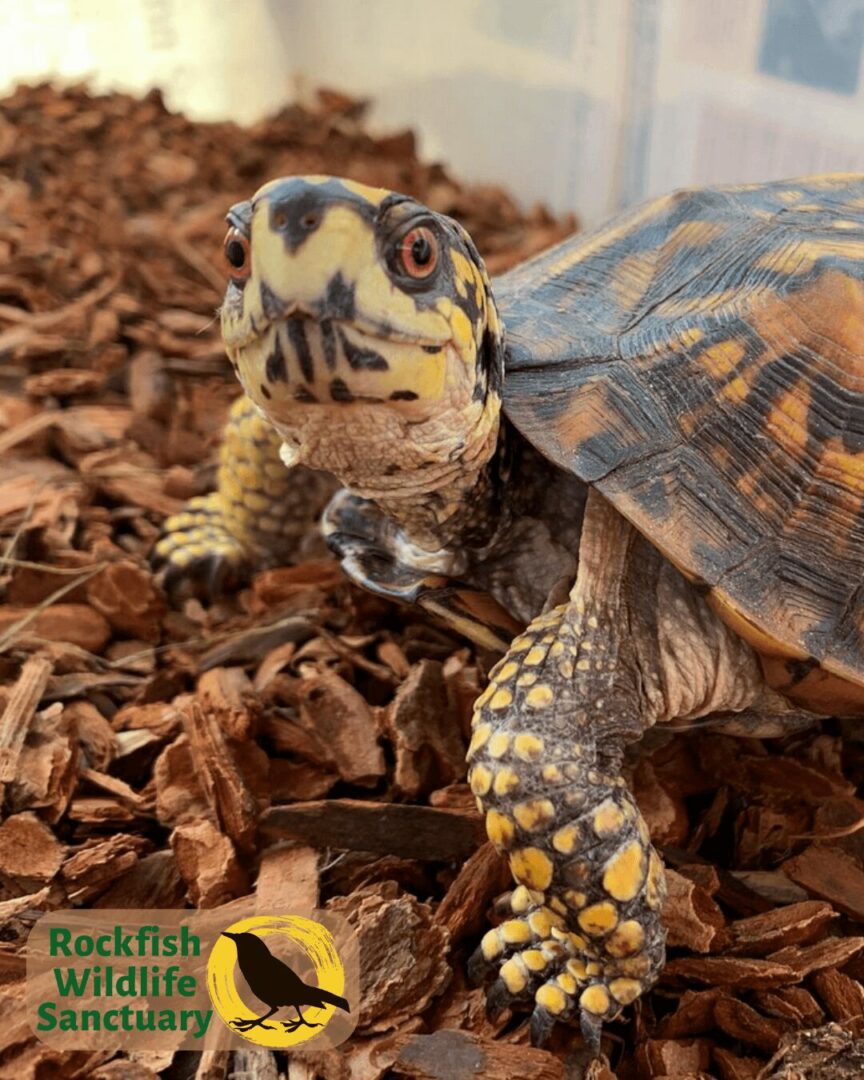
Great, so let’s take a few minutes and cover your story. What should folks know about you and what you do?
I am a Certified Wildlife Rehabilitator through the International Wildlife Rehabilitation Council, and I am currently the executive director at the Rockfish Wildlife Sanctuary in Virginia. I think my younger self would be very proud of those roles since I have always been a huge animal lover, particularly when it comes to wildlife. I cannot begin to count the number of hours I spent poring over books about different critters or instances where I tried to woo backyard wildlife into my house (don’t do that, folks!). I’ve always had a soft spot for the underdogs, in particular — animals that are not widely beloved in American culture, like bats. When I graduated in 2017, I was very grateful to receive a fellowship from Williams College, my alma mater, that funded my solo travel to study perceptions of bats around the world. I stopped in Mauritius, the Philippines, Australia, Tonga, and Latvia, among other places, and had the incredible opportunity to see so many different species of bats along the way. While talking to bat scientists, rehabbers, and plenty of everyday folks who had no interest in bats, I did learn that bats are a surprising connection point for people. Nearly every person in the world has had some direct or indirect experience with a bat! Regardless of their positive or negative feelings about that experience, bats inherently serve as a jumping-off point for human connection. That motivated me to continue working with and for wild animals, in the hopes of connecting more people through wildlife.
Upon returning to the U.S. in late 2018, I found the position posting for a wildlife rehabilitator at Rockfish Wildlife Sanctuary. Nestled in the lovely foothills of the Blue Ridge Mountains, RWS provides a safe haven for over 1,000 injured and orphaned wild animals every single year. Over time, as you tend to do at small nonprofits, I kept adding different “hats” of responsibilities to my collection. Though I wear my ED hat most days, I am still a federally and state-licensed rehabber and enjoy caring for our patients when I have the opportunity to do so alongside my incredible team! I am really passionate in particular about our communications efforts and social media outreach because, the more people learn about local wildlife, the more likely they will be to do the right thing when they do encounter a critter in need. Connecting with our community in Central Virginia has been so rewarding and reinforces how important the work we do at RWS is for our wild world. Working with native species and managing our educational outreach efforts has allowed me to continue playing a role in connecting humans to wildlife and to one another. I hope to inspire people to rally for those underdog species, like bats, opossums, raccoons, and crows, that are so often looked over in our own backyards.
I have had the privilege of watching Rockfish Wildlife Sanctuary grow over the past 7 years and I am so excited to see what the future has in store. Please check out our new website to learn more about us and join our mailing list to learn about current patients. You can find us at https://rockfishwildlifesanctuary.org.
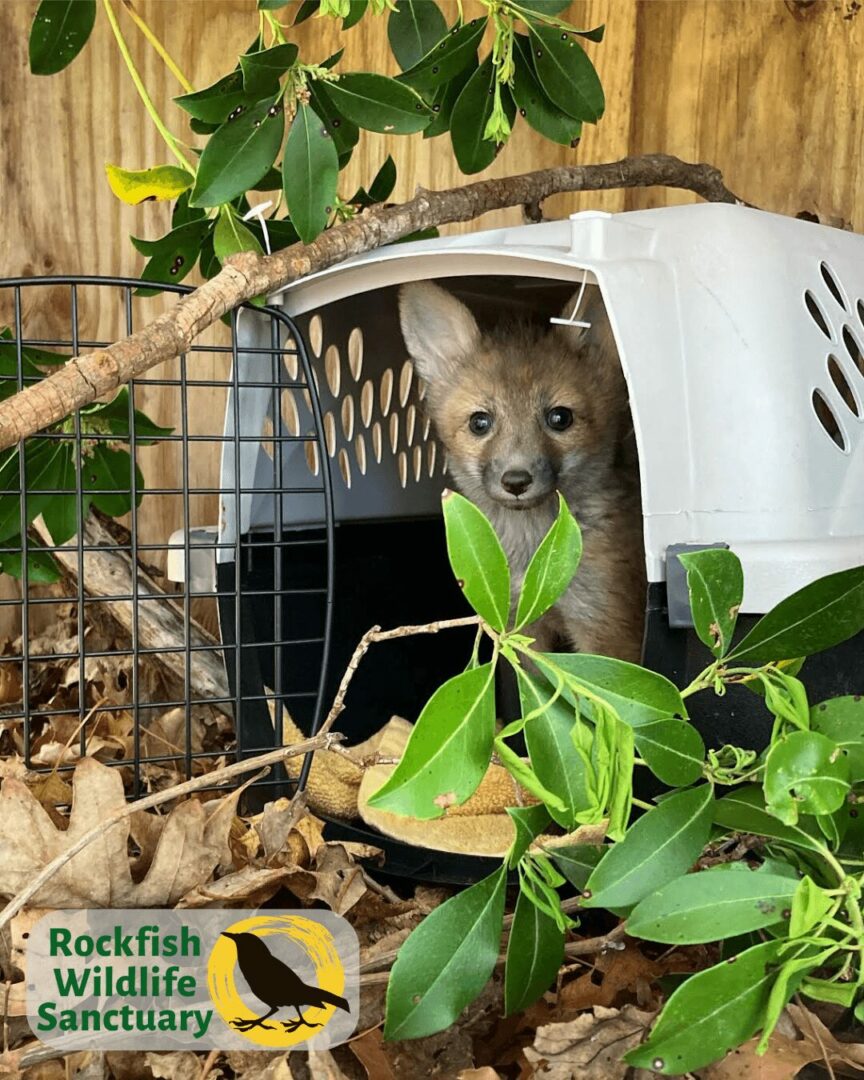
Looking back, what do you think were the three qualities, skills, or areas of knowledge that were most impactful in your journey? What advice do you have for folks who are early in their journey in terms of how they can best develop or improve on these?
Wildlife rehabilitation does definitely test your resilience! It’s an emotionally taxing job, so being able to push through even when you’re exhausted is key to being able to keep up with an ever-increasing patient load. We never compromise the high standard of care we provide each and every animal.
Another important quality to have in this field is patience. It’s easy for rehabbers to forget that most folks don’t have the knowledge about wildlife that we have. We’re educators just as much as we’re rehabbers, and every hotline call is an opportunity to teach people about natural behavior and appropriate intervention. Being patient and empathetic with folks who are perhaps scared of an animal or have never encountered a critter in need before is essential to being a good steward of our environment and community.
The biggest skill I’ve had to learn was something I have never been very good at: how to rest! When you love something as much as my colleagues and I love wildlife at Rockfish Wildlife Sanctuary, it becomes easy to overlook your own needs in favor of the patients you’re caring for. I have learned over the years, though, that you simply cannot pour from an empty cup. How to rest and leave work at work is an important skill I am still learning, and I think it is a skill many rehabilitators struggle with.
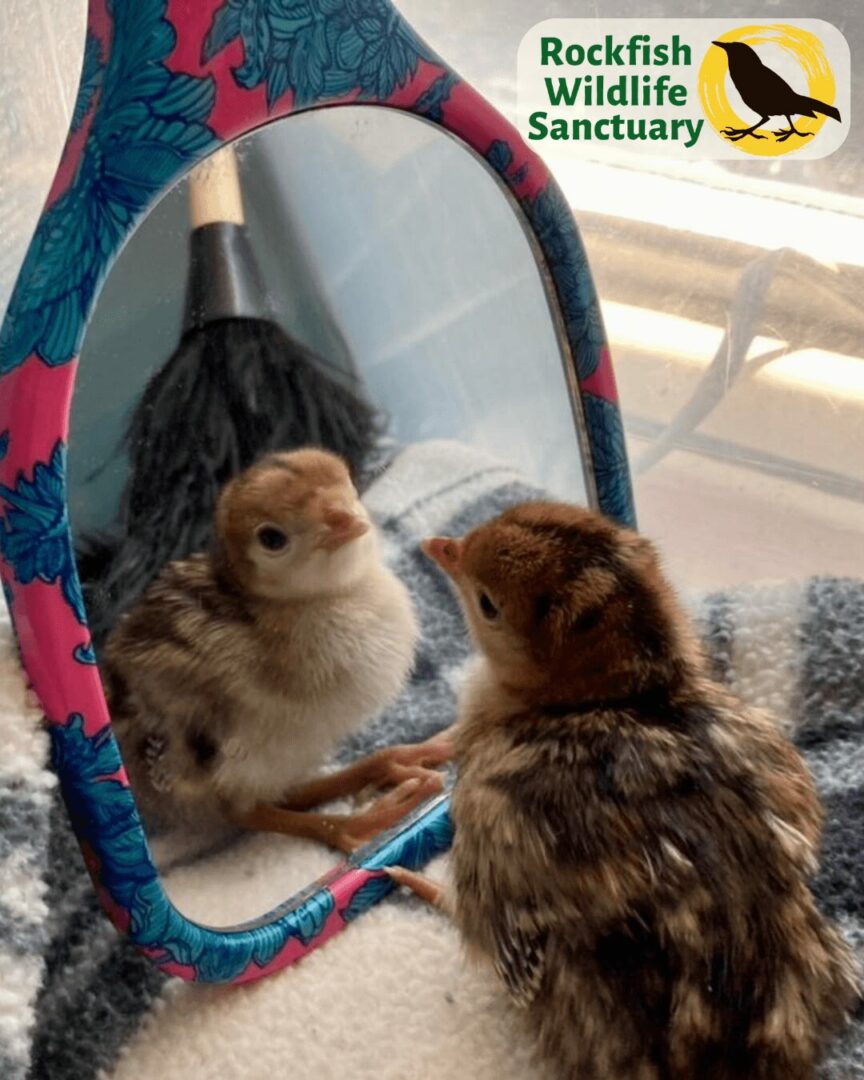
One of our goals is to help like-minded folks with similar goals connect and so before we go we want to ask if you are looking to partner or collab with others – and if so, what would make the ideal collaborator or partner?
We are always interested in partnering with folks who care deeply about the environment and animal welfare. We’re particularly excited about social media collaborations or the prospect of working with journalists or bloggers who’d like to write about our work. As a small but fast-growing nonprofit, we hope to ensure that we are reaching the large, passionate audience necessary to continue sustaining our work given that we receive no state or federal funding. If you are interested in featuring RWS on your blog, social media profiles, or in an article, please do reach out! We have plenty of charming animal photos and rescue stories we’d love to share with your audience.
Contact Info:
- Website: https://rockfishwildlifesanctuary.org
- Instagram: https://instagram.com/rockfishwildlifesanctuary
- Facebook: https://facebook.com/rockfishwildlifesanctuary
- Linkedin: https://linkedin.com/company/rockfish-wildlife-sanctuary/
- Youtube: https://youtube.com/@rockfishwildlife
- Other: TikTok: https://tiktok.com/@rockfishwildlife
Bluesky: https://bsky.app/profile/rockfishwildlife.bsky.social
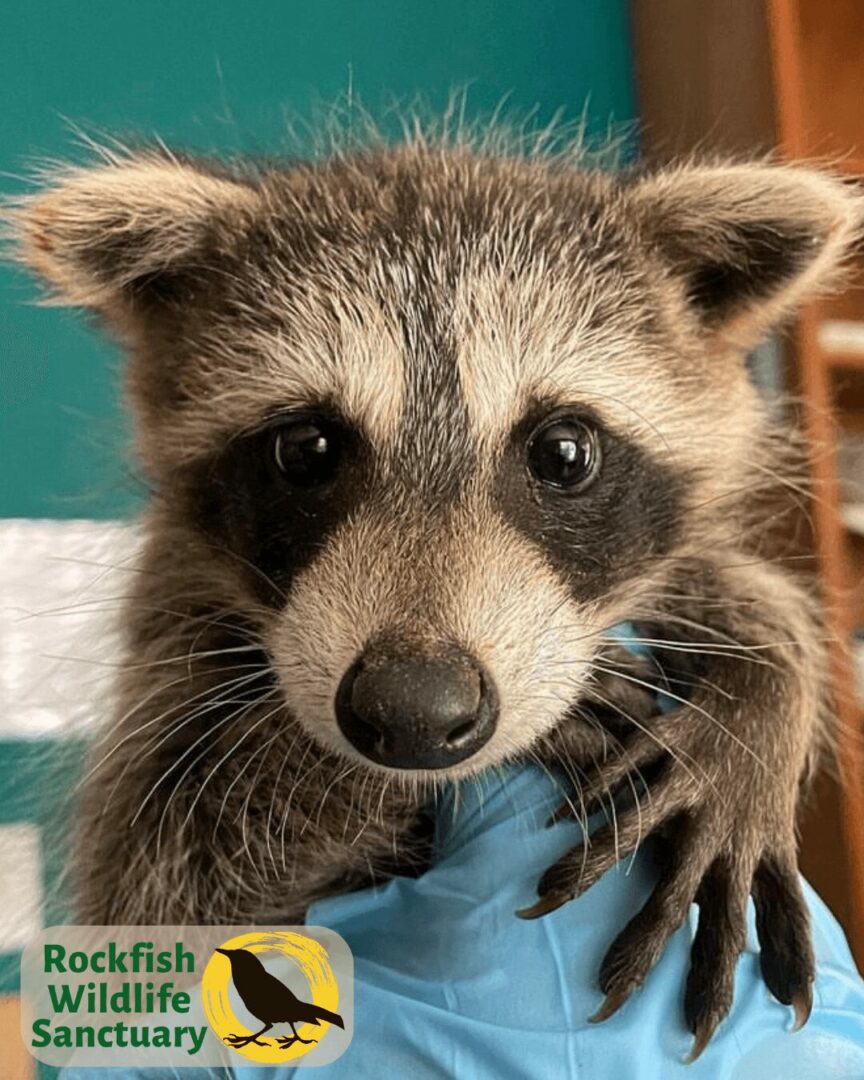
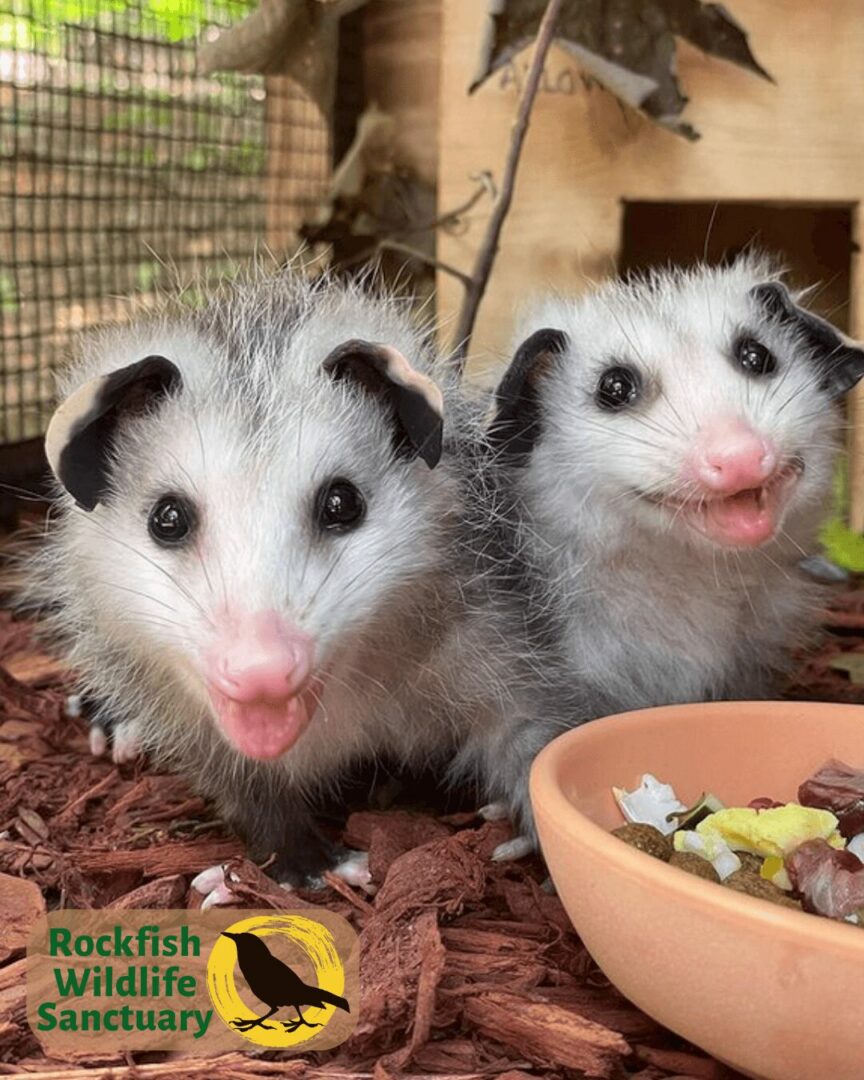
Image Credits
Rockfish Wildlife Sanctuary
so if you or someone you know deserves recognition please let us know here.

